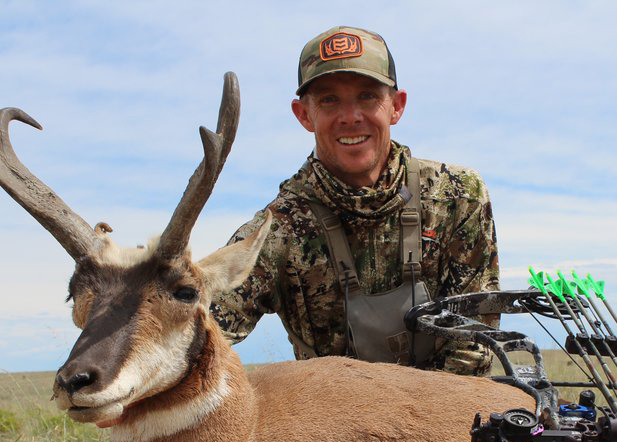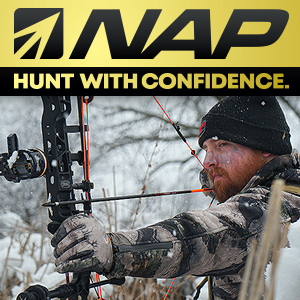Elk are big critters, and you need to have a game plan for getting that precious meat off the mountain.
We’d done it. It shouldn’t have worked, but somehow, it did. The on-alert bull stuck around after an Easton smacked off the middle of his back, and my companion put his second arrow square in the bull’s lungs. His death sprint was short, and though his headgear was nothing to write home about, we were elated.
In our late teens and full of piss and vinegar, we figured there was no mountain we couldn’t climb — task we couldn’t accomplish. And being we’d just called in and arrowed a public-land bull, our self-admiration was bubbling over. Still, I’ll never forget walking up on that bull. Of course, there was the feeling of excitement, but that emotion was quickly replaced by one of sheer panic.
His headgear may have been small, but his 600-plus-pound body wasn’t. He fell into a hole full of brush and downed timber, and we were, as the crow flies, 6 miles from camp. It took us almost two full days — thank God the weather was cold — to get the meat and horns back to the truck. We were young, in great shape, and the process broke us down physically and mentally,
Since that first elk pack out, I’ve toted a pile of meat on my back and have run three 100-mile mountain ultramarathons. None were as painful or hard as getting that first bull off the mountain. Why? Simple, we weren’t prepared. I had a 1,500-inch Fieldline pack from Walmart. My buddy had a Reebok pack he used to tote his books to and from college classes. We had no frame systems, rope, game bags, and the list goes on. I tell you this because you could find yourself in the same boat if you don’t prepare adequately, and that boat sucks!
Know Your Limitations
Clint Eastwood said it best in his famous role as Dirty Harry when he uttered the words, “A man’s got to know his limitations.” Let me explain. Once you get an elk on the ground, you have to be able to get it out, and you’ll need to do it, based on things like temperature, before the meat spoils. If you know packing hundreds of pounds of meat on your back over rugged terrain isn’t something you can or want to do, be honest with yourself and your hunting companions about it.
The good news: You can still hunt deep, get away from the crowds and have the time of your life. The only difference will be taking the time before your hunt to lineup a packer. A few phone calls to area outfitters or local sporting goods stores will put you in touch with one or more people in the area willing to use their horses and mules to haul your elk out and get it to a processor. You can also make arrangements for that same packer to transport you and your companions into areas that require a long, extreme walk. A cell phone, satellite phone, or Garmin inReach system is used to notify the packer when a bull is down. Most packers will ask you to supply the GPS coordinates to the elk, which should be hung in a tree or kept by a stream to cool, and they will ride in and get it. You can meet them or keep hunting with your companions, depending on prior arrangements made.
Using a packer is a great way to keep hunting elk late in life and keep the wear and tear off your body. Of course, if you have animals of your own, and those animals are used to toting panyards and have been around elk meat, horns, and hides, taking your own is always an option.
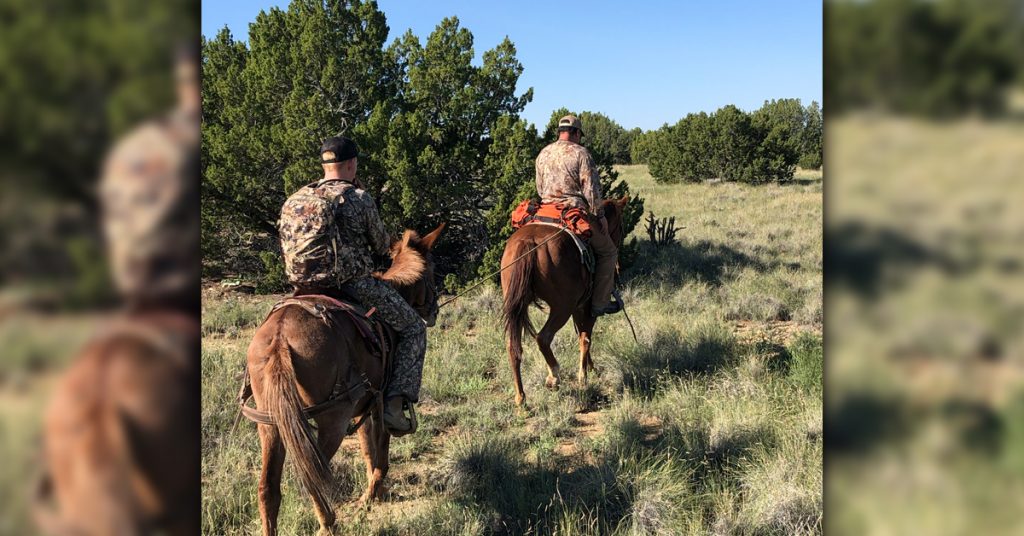
Young & Tough
You may be young, and you may be tough, but don’t be dumb. If you plan to pack elk meat out on your back, you should spend months and months getting your body in condition to do so. This doesn’t come from throwing on an empty pack and strolling dirt roads in the evening. You will need to develop a solid cardio plan as well as a weightlifting plan. Most importantly, you will need to put weight on your back and traverse terrain with it. Dumbbell weights and the like can tear up a pack. Fill a few bags with sand — I make 25-, 35-, 45-, 55-, 65-, and 75-pound bags — and go for extended hikes. Start with the lighter bags and build up over time. You don’t want to injure your lower back or hips. I also recommend — both in training and on the hunt — quality trekking poles. Poles will help you with balance and make load transport much more manageable.
Going for practice hikes with weight also gives you the chance to make sure your pack is suitable for you. A good pack will ride on the hips, distribute the load properly and suck down tight to the body. Nothing is more frustrating than having too much weight on your shoulders and a pack that wants to shift to and fro. Be sure to learn all of your packs adjustments, and if possible, get a pack that attaches to a lightweight external frame or has an internal frame. If your pack doesn’t have a frame, it’s not worth its salt as a backcountry meat hauler. A frame gives the pack support and makes the load much easier to haul.
If you’re hunting with a crew, you need to ensure everyone is ready to do their part. I’ve gone on many hunts where I spent days packing meat because others in the camp were not physically prepared to pack meat.
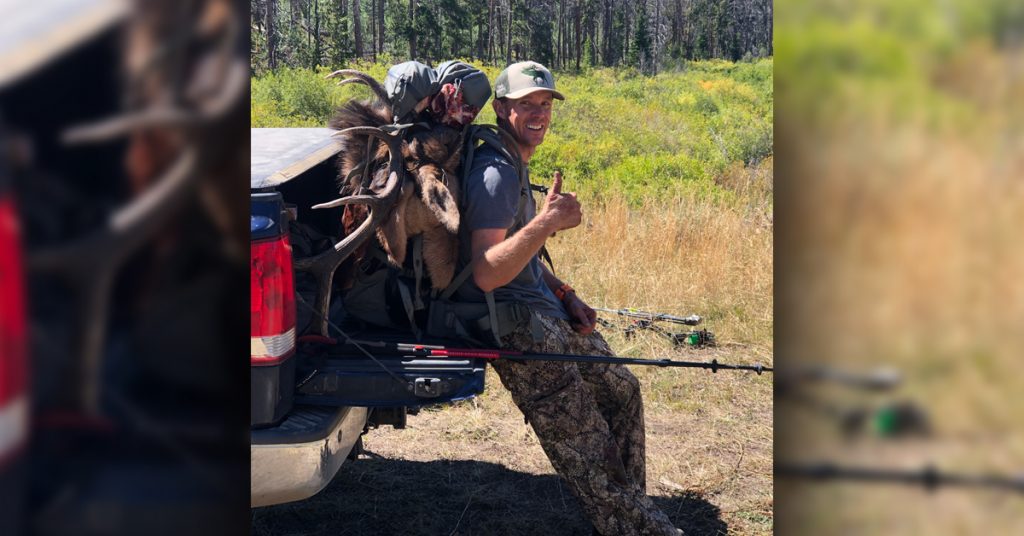
Have The Right Gear
Whether you’re using a packer, your animal string, or a backpack to get your elk out, there are some things you need to have that will make your job much easier. Here are three things to make sure you take along on any elk hunt.
Knives: Don’t go light on knives. I prefer to have a replaceable blade knife like a Havalon and a standard heavy-duty knife that allows me to use leverage and resharpen.
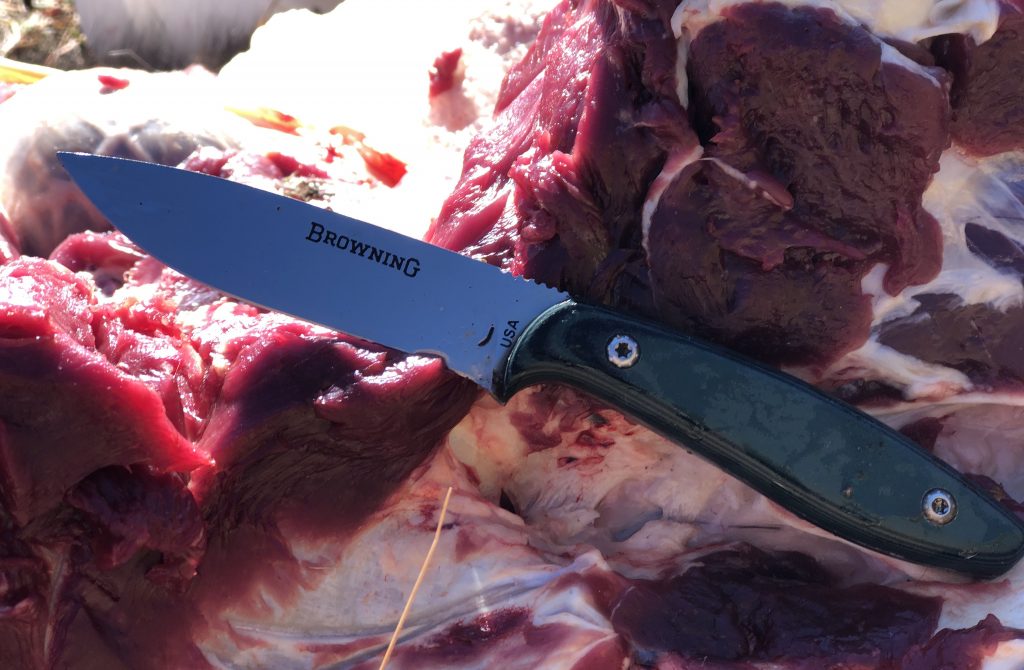
Game Bags: Do yourself and your meat processor a favor and have plenty of quality game bags on hand. I prefer reusable game bags and have had great luck with Caribou Gear. These bags are durable, lightweight, and help with the cooling process.
Field Wipes: I don’t leave home without a few packs of Wildlife Research Scent Killer Gold Field Wipes. They come with 24 wipes, seal up after use, and are perfect for a full-body wipe down and cleaning up the hands after cutting up an animal. These wipes take up little room in the pack, weigh virtually nothing and are great at reducing human stink, which will become a factor when you’re spending days in the backcountry.
Tarp: You can use a camp tarp or a couple of those silver emergency blankets, but you need to have something. I’ve seen more meat fall off rocks, grass patches, and the like and get covered with dirt and other debris than you can shake a stick at. Take care of your meat. Whether you take quarters off the animal or bone it out as you go, putting the meat directly on a tarp or emergency blanket keeps it clean. Plus, you can then keep track of what meat you put in the game bags, so loads are distributed equally.
Having a plan and the right gear to take care of meat and get it off the mountain is your responsibility. The old “I’ll worry about getting him out when I kill him” line isn’t a smart one. Take time to prepare know, and make the cleaning and haul-out process an enjoyable one.

